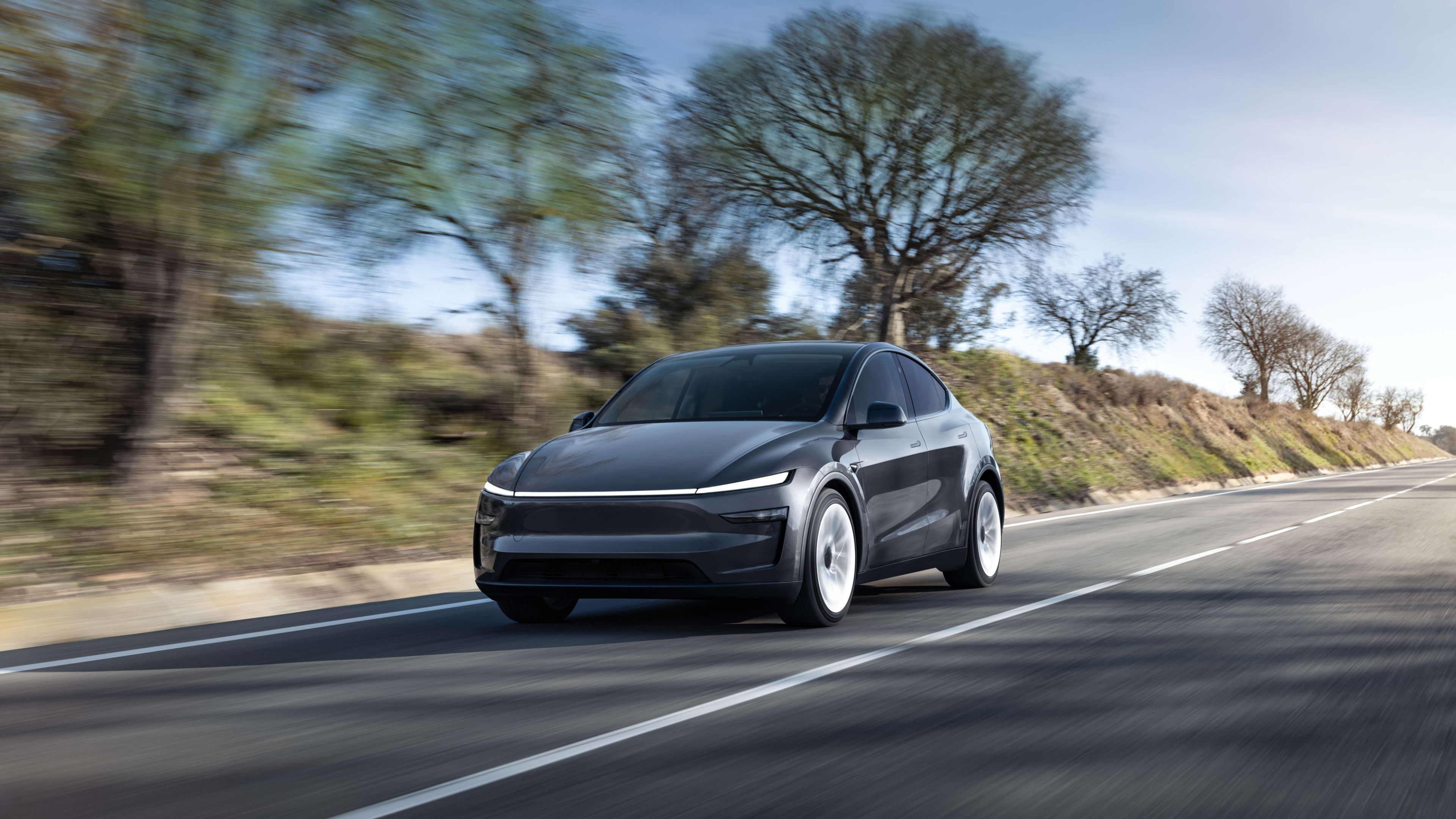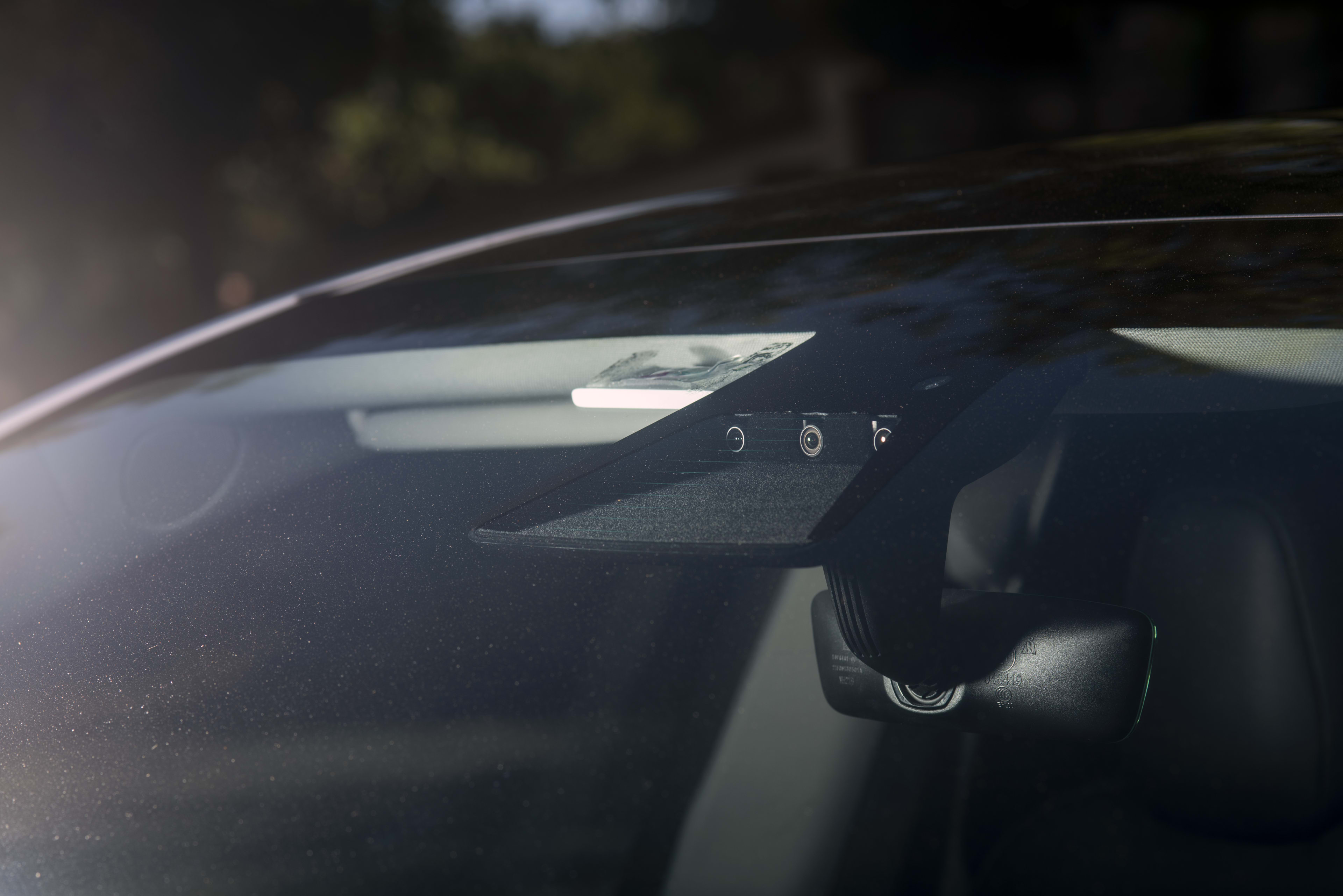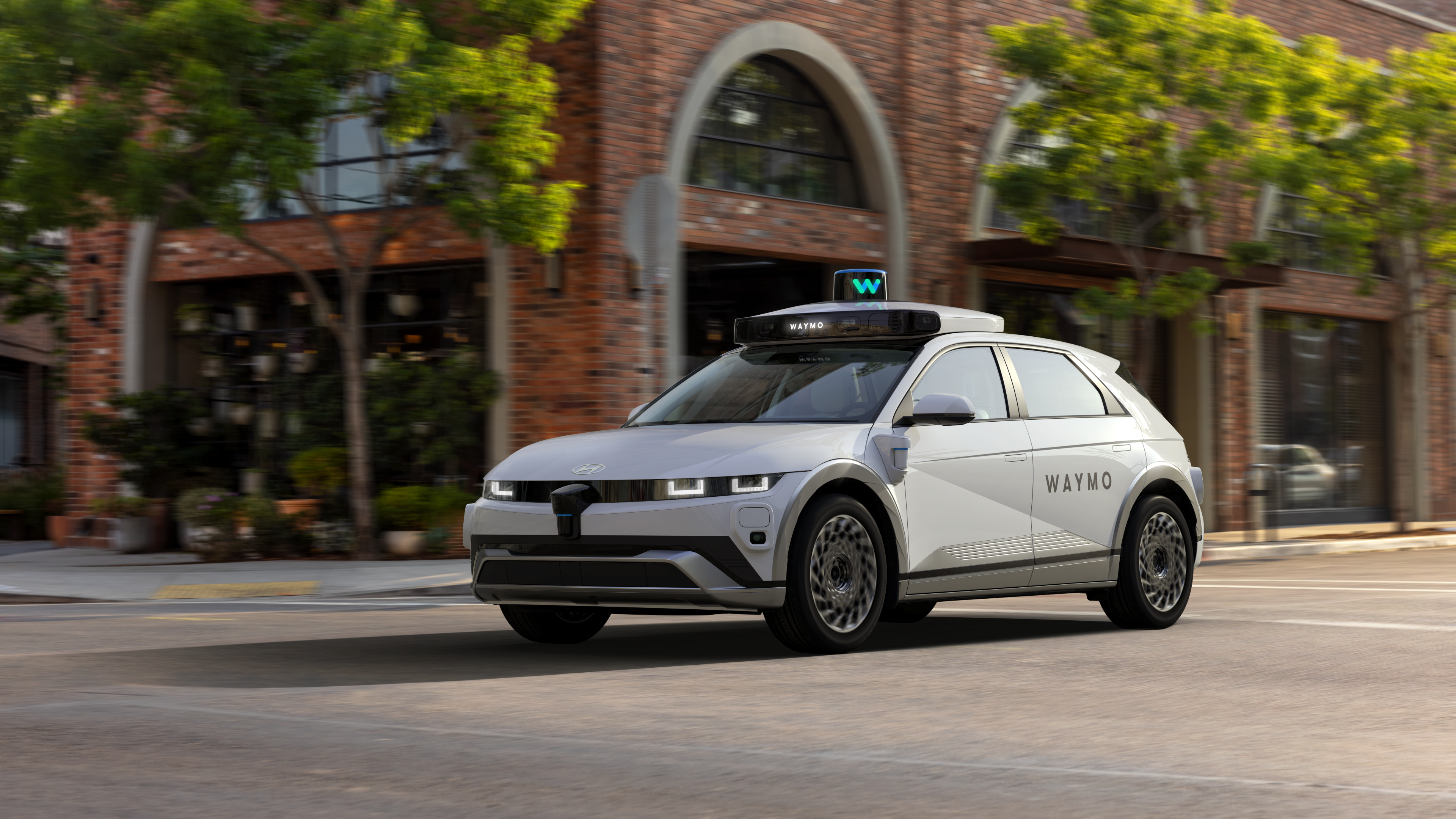Tesla’s self-driving dream is getting human backup
Tesla’s long-promised fleet of self-driving robotaxis is lastly arriving — kind of. CEO Elon Musk says the corporate will launch a small pilot of driverless Mannequin Ys in Austin, Texas, by the top of June. However somewhat than letting the vehicles roam totally on their very own, Tesla is quietly hiring human teleoperators to watch and, if needed, take management of the autos remotely.
This hybrid method isn’t uncommon within the autonomous car business, however it stands in distinction to Tesla’s public messaging round “Full Self-Driving.” Whereas Musk has lengthy dismissed the necessity for exterior sensors like LIDAR and radar, calling Tesla’s camera-based AI system ample, the corporate continues to be counting on human help to deal with real-world challenges.

Distant operators will guarantee security, for now
Funding analysts at Morgan Stanley not too long ago confirmed that Tesla is relying closely on human oversight, citing visits to the corporate’s Palo Alto workplace. A number of job postings again this up, together with roles for “Teleoperation” engineers who will assist create instruments that enable people to see what the automobile sees and intervene when issues go fallacious.

These employees gained’t simply be steering caught robotaxis from afar. Tesla says they’ll additionally assist construct the person interface that connects distant people with onboard AI — basically shaping the collaboration between man and machine.
Nonetheless no security knowledge, and regulators are watching
Tesla hasn’t but launched security knowledge for its Full Self-Driving (Supervised) software program, which continues to be beneath federal scrutiny. Each Autopilot and FSD have been linked to a whole bunch of crashes, together with some deadly ones. The corporate maintains that its method will show safer than human drivers in the long term, however for now, it’s taking further precautions.
The Austin rollout will begin with simply 10 autos and be restricted to an invite-only group of customers. Musk says Tesla plans to scale as much as 1,000 robotaxis inside just a few months, assuming the pilot runs easily.

Human-in-the-loop is turning into the norm

Tesla’s teleoperation setup now appears surprisingly much like what Waymo, a longtime autonomous driving competitor, already makes use of. Waymo employs “fleet response brokers” who step in when its vehicles get confused. Tesla’s model could go even additional, utilizing digital actuality rigs and customized software program to provide operators a real-time view and management of the automobile’s environment.
Closing ideas
Tesla’s upcoming robotaxi rollout could mark a significant milestone for the corporate, however it additionally underscores how far we nonetheless are from actually autonomous driving. Regardless of daring claims and years of guarantees, even Tesla is leaning on human intervention to make its system viable in the actual world. That’s not essentially a setback; it’s a practical step.
As the road between autonomy and distant help blurs, Tesla joins a rising listing of corporations accepting that “self-driving” usually nonetheless requires a security web. Whether or not this hybrid mannequin is a short-term bridge or a long-term necessity stays to be seen. For now, the highway to autonomy nonetheless has a human hand on the wheel, simply not contained in the automobile.



